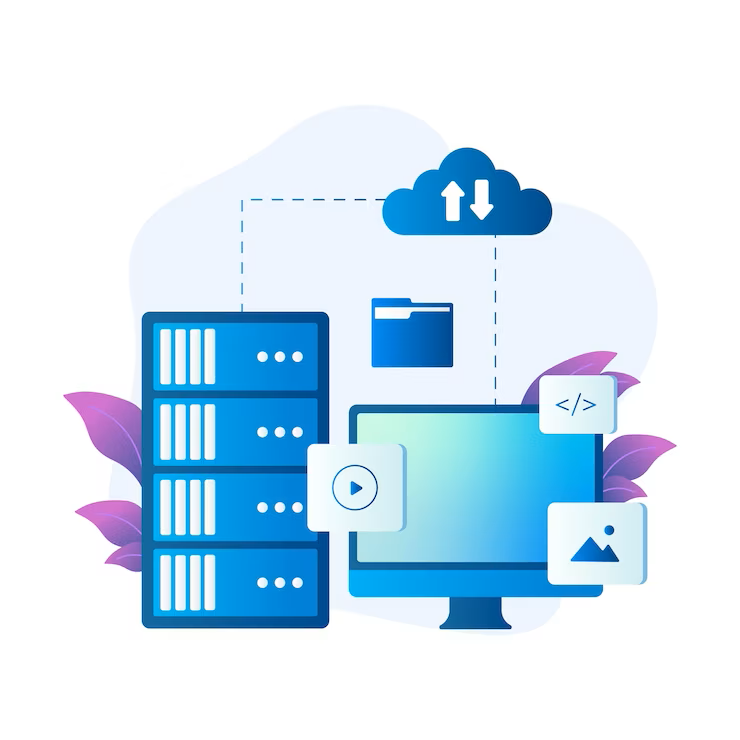Learn about the evolution of cloud computing from basic infrastructure-as-a-service (IaaS) to a sophisticated platform-as-a-service (PaaS) approach. Discover the benefits of PaaS and how it can improve your organization’s productivity and scalability.
Cloud computing has undergone a significant transformation in recent years, evolving from a basic infrastructure-as-a-service (IaaS) model to a more sophisticated platform-as-a-service (PaaS) approach. This evolution has had a major impact on how organizations operate, as well as on the overall landscape of the technology industry. In this blog post, we’ll explore the evolution of cloud computing and how it has led to the rise of PaaS.
What is Cloud Computing?
Cloud computing is a model of computing that enables access to shared resources, software, and information over the internet. It involves the delivery of on-demand computing services, including servers, storage, databases, networking, software, analytics, and intelligence, over the internet. Cloud computing offers many benefits over traditional on-premises computing, including increased scalability, cost savings, flexibility, and accessibility.
The Evolution of Cloud Computing
The early days of cloud computing were characterized by the IaaS model, which provided basic computing infrastructure, such as virtual servers and storage, to users over the internet. IaaS enabled organizations to offload the costs and complexities of managing physical infrastructure and to scale their computing resources up or down as needed.
However, IaaS had its limitations. It required organizations to manage and maintain their own software applications, databases, and middleware, which could be time-consuming and resource-intensive. Additionally, IaaS didn’t provide a platform for developing and deploying software applications, which meant that organizations had to do this on their own.
To address these limitations, cloud computing evolved to the PaaS model. PaaS provides a platform for developing, testing, and deploying software applications, as well as managing the underlying infrastructure. This enables organizations to focus on application development and delivery, while leaving the management of infrastructure to the cloud provider.
Cloud Compliance: Understanding the Regulatory Landscape and Meeting Compliance Requirements
Benefits of Platform as a Service
PaaS offers many benefits over IaaS, including:
- Improved Developer Productivity: With PaaS, developers can focus on building and deploying applications, rather than managing infrastructure. This results in increased productivity and faster time-to-market.
- Reduced Costs: PaaS reduces the costs associated with managing and maintaining infrastructure, as well as the costs of software licensing and upgrades.
- Scalability: PaaS enables organizations to scale their computing resources up or down as needed, without having to worry about managing the underlying infrastructure.
- Standardization: PaaS provides a standard platform for developing and deploying software applications, which can help to reduce complexity and improve interoperability.
Conclusion
Cloud computing has come a long way since its early days as an IaaS model. The evolution of cloud computing to PaaS has enabled organizations to focus on application development and delivery, while leaving the management of infrastructure to the cloud provider. PaaS offers many benefits, including improved developer productivity, reduced costs, scalability, and standardization. As cloud computing continues to evolve, it’s important for organizations to stay up-to-date on the latest trends and developments, in order to stay competitive and achieve their business objectives.

